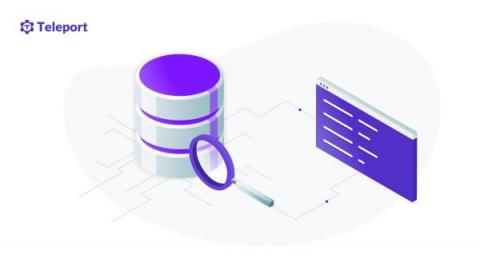Improvements to scheduled scans, freshly added tests, and more
Getting the freshest insights on what vulnerabilities you have is essential for any vulnerability management program. Until recently, it wasn’t very clear when Application Scanning would execute a scan on an asset. This introduced unnecessary complexity for some users, particularly those with a large attack surface. Now, Application Scanning users can easily view all of the upcoming scans on a single page.











